
Never attempt to disassemble or repair the airbag module.
Do not drop the airbag module or allow contact with water, grease or oil. Replace it if a dent, crack, deformation or rust is detected.
The airbag module should be stored on a flat surface and placed so that the pad surface is facing upward. Do not place anything on top ofit.
Do not expose the airbag module to temperatures over 93°C (200°F)
An undeployed airbag module should only be disposed in accordance with the proper procedures.
Never attempt to measure the circuit resistance of the airbag module (squib) even if you are using the specified tester. If the circuit resistance is measured with a tester, accidental airbag deployment could resultin serious personal injury.
Whenever the PAB is deployed it should be replaced with a new one, assembled with a new extension wire. The squib is melted when the PABis deployed making the old extension wire useless.
Disconnect the battery negative (-) terminal cable.
Wait at least 30 seconds.
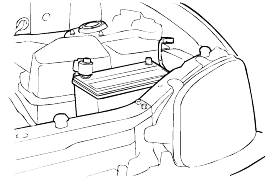
Remove the glove box.
Disconnect the PAB module connector.
Remove the crash pad assembly and then undo the PAB module. (Refer to the BD section)
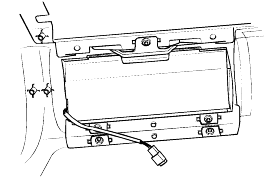
The skin of passenger Airbag module is integrated with the crash pad. Replace the crash pad if PAB is deployed.
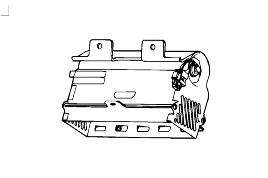
Disconnect the battery negative (-) terminal.
Wait at least 30 seconds.

Remove the door scuff trim.
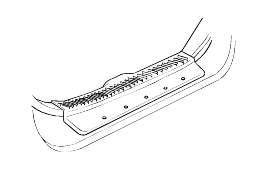
Remove the center pillar lower trim after removing the seat belt lower anchor bolt.
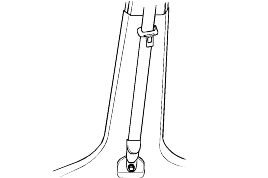
Remove the upper anchor plate cover and upper anchor plate.
Remove the lower anchor plate and the front seat belt.
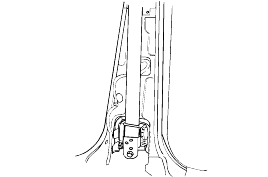
Never attempt to disassemble or repair the BPT.
Do not drop the BPT or allow contact with water, grease, oil.
Replace it if a dent, crack, deformation or rust is detected.
Do not place anything on the BPT.
Do not expose the BPT to temperature over 93°C(200°F).
BPT functions one time only. Be sure to replace the BPT after it is deployed.
Be sure to wear gloves and safety goggles when handling the deployed BPT.